Given .true heading = 054° tas = 450 kt true track = 059° gs = 416 kt ? [ Multiple protocol ]
Question 172-1 : 010°/50 kt 005°/50 kt 010°/55 kt 010°/45 kt
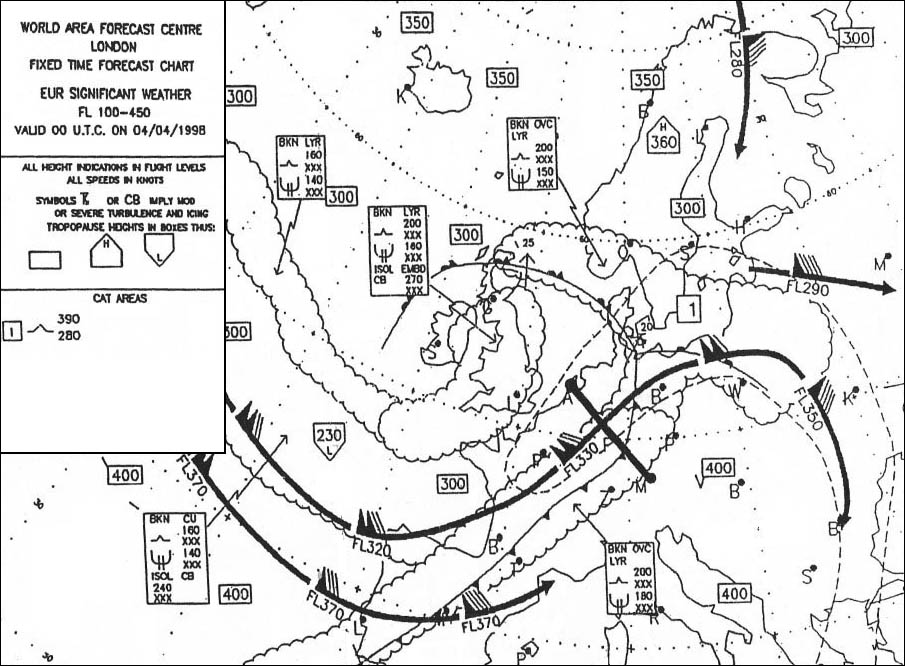 010°/50 kt.
010°/50 kt. Given .true heading = 002°.tas = 130 kt.true track = 353°.ground speed = 132 ?
Question 172-2 : 095°/20 kt 090°/15 kt 090°/20 kt 095°/25 kt
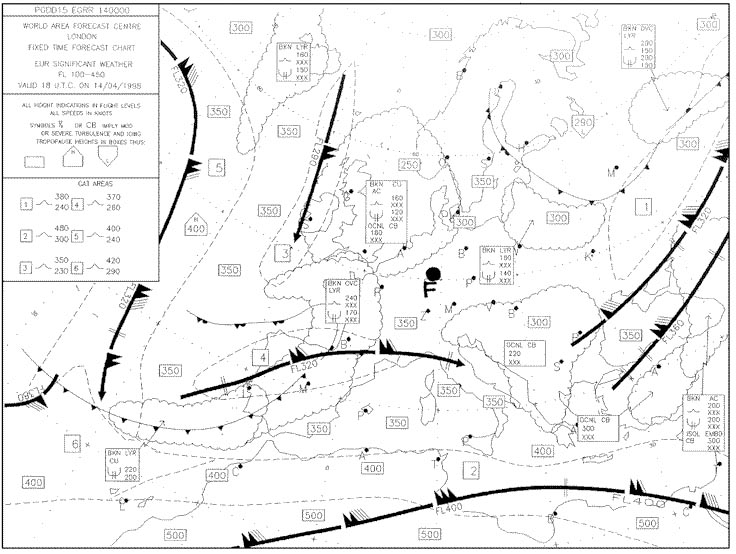 095°/20 kt.
095°/20 kt. Given .gs = 236 kt distance from a to b = 354 nm .what is the time from a to b ?
Question 172-3 : 1 hr 30 min 1 hr 09 min 1 hr 10 min 1 hr 40 min
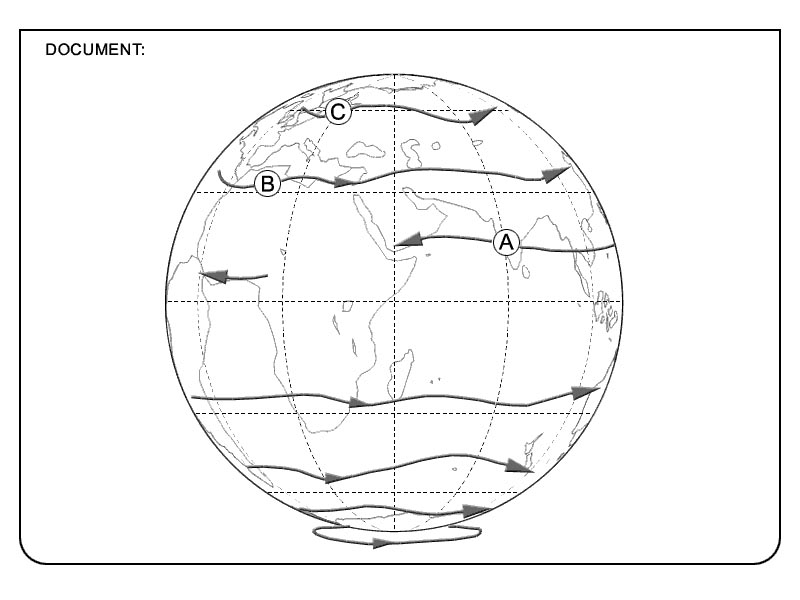 1 hr 30 min.
1 hr 30 min. Given .gs = 345 kt distance from a to b = 3560 nm .what is the time from a to b ?
Question 172-4 : 10 hr 19 min 10 hr 05 min 11 hr 00 min 11 hr 02 min
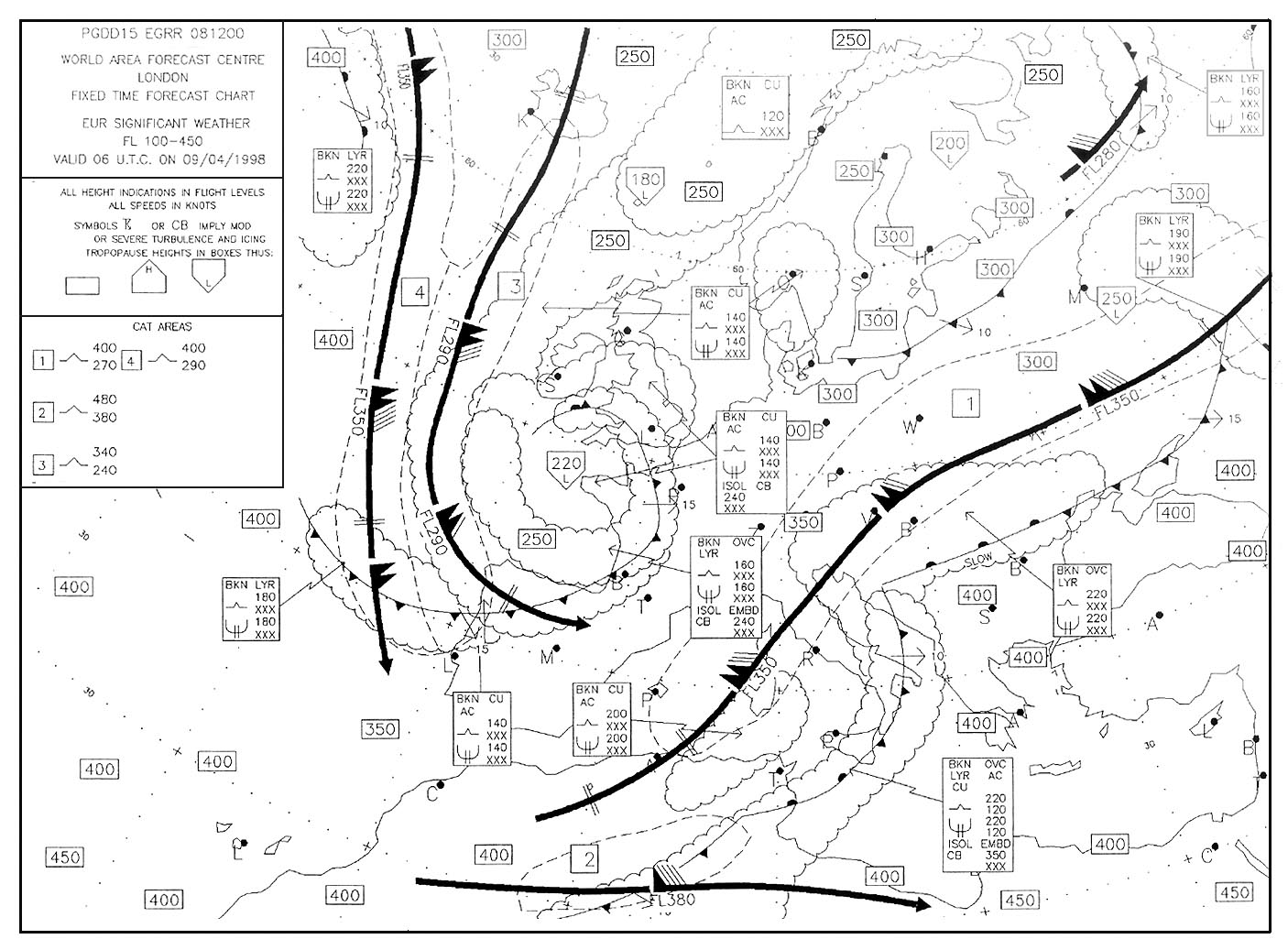 10 hr 19 min.
10 hr 19 min. Given .gs = 95 kt distance from a to b = 480 nm .what is the time from a to b ?
Question 172-5 : 5 hr 03 min 4 hr 59 min 5 hr 00 min 5 hr 08 min
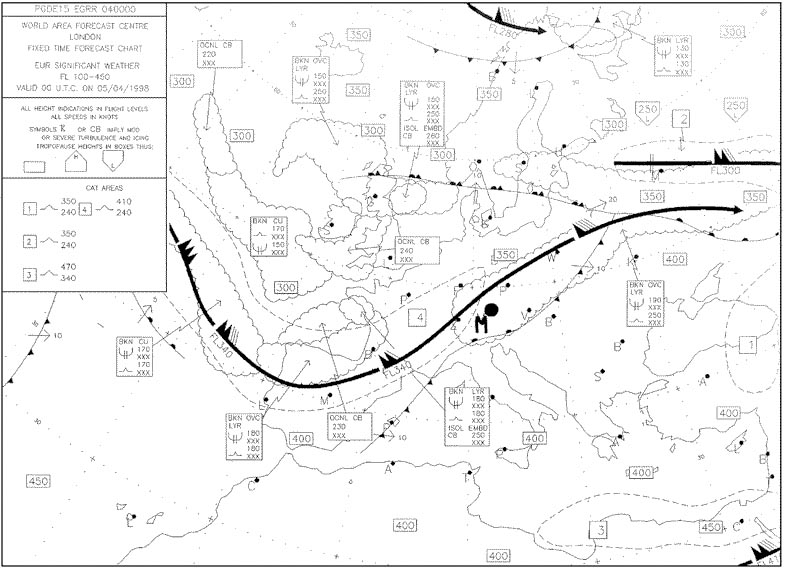 5 hr 03 min.
5 hr 03 min. Given .gs = 120 kt distance from a to b = 84 nm .what is the time from a to b ?
Question 172-6 : 00 hr 42 min 00 hr 43 min 00 hr 44 min 00 hr 45 min
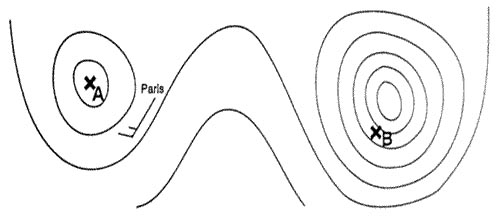 00 hr 42 min.
00 hr 42 min. Given .distance 'a' to 'b' 1973 nm.ground speed out 430 kt.ground speed back ?
Question 172-7 : 1490 nm 1664 nm 1698 nm 1422 nm
 1490 nm.
1490 nm. Given .distance 'a' to 'b' 2346 nm.ground speed out 365 kt.ground speed back ?
Question 172-8 : 219 min 290 min 197 min 167 min
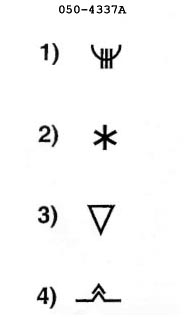 219 min.
219 min. Given .distance 'q' to 'r' 1760 nm.ground speed out 435 kt.ground speed back ?
Question 172-9 : 114 min 110 min 106 min 102 min
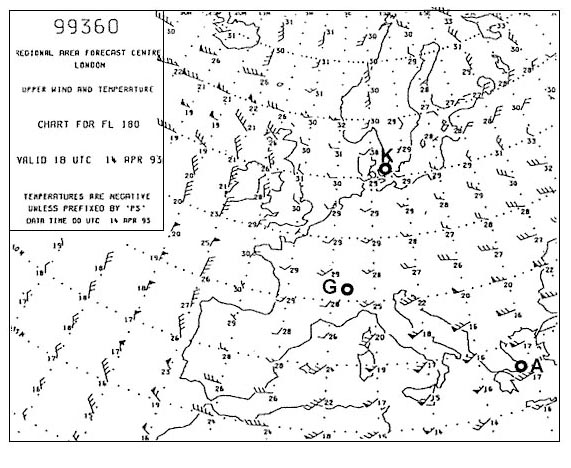 114 min.
114 min. Given .distance 'q' to 'r' 1760 nm.ground speed out 435 kt.ground speed back ?
Question 172-10 : 1838 nm 1313 nm 1467 nm 1642 nm
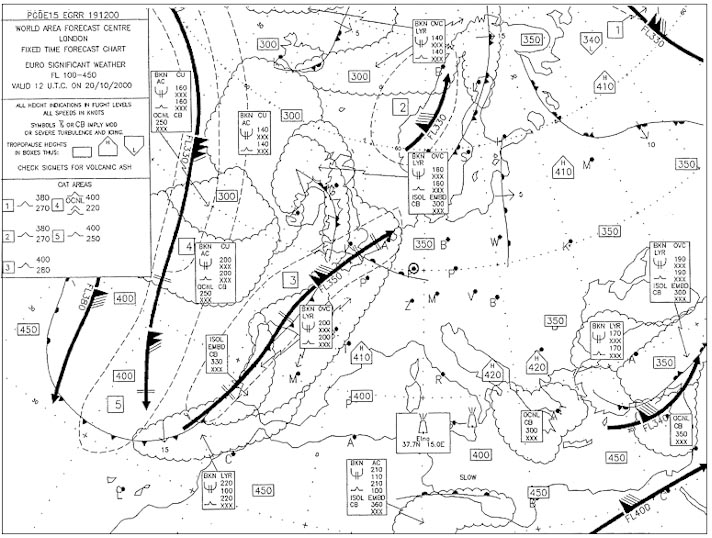 1838 nm.
1838 nm. An aeroplane is flying at tas 180 kt on a track of 090° .the w/v is 045° / ?
Question 172-11 : 85 nm 56 nm 88 nm 176 nm
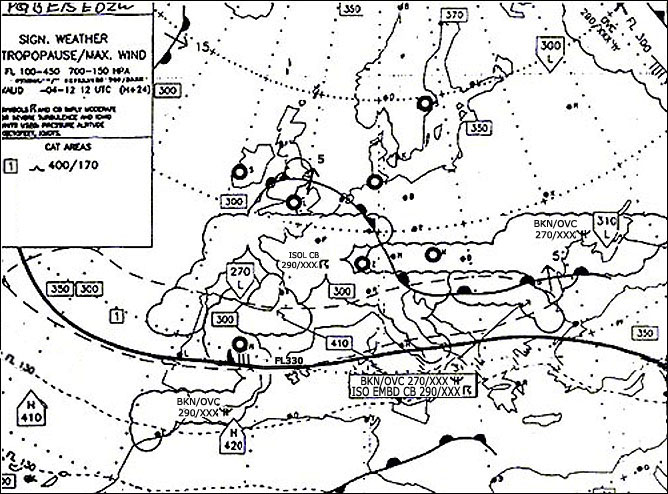 85 nm.
85 nm. An aircraft is maintaining a 5 2% gradient is at 7 nm from the runway on a flat ?
Question 172-12 : 2210 ft 680 ft 1890 ft 3640 ft
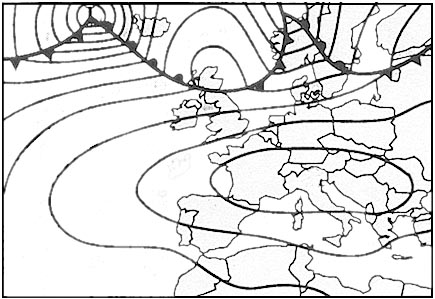 2210 ft
2210 ft An aircraft descends from fl250 to fl100 .the rate of descent is 1000 ft/min ?
Question 172-13 : 1 6° 2 8° 3 2° 2 4°
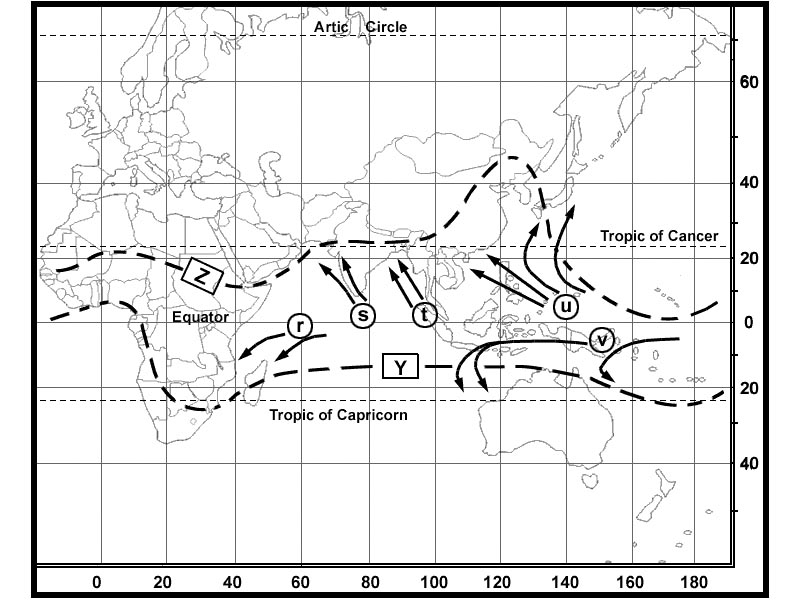 1.6°.
1.6°. The outer marker of an ils with a 3° glide slope is located 4 6 nm from the ?
Question 172-14 : 1450 ft 1350 ft 1300 ft 1400 ft
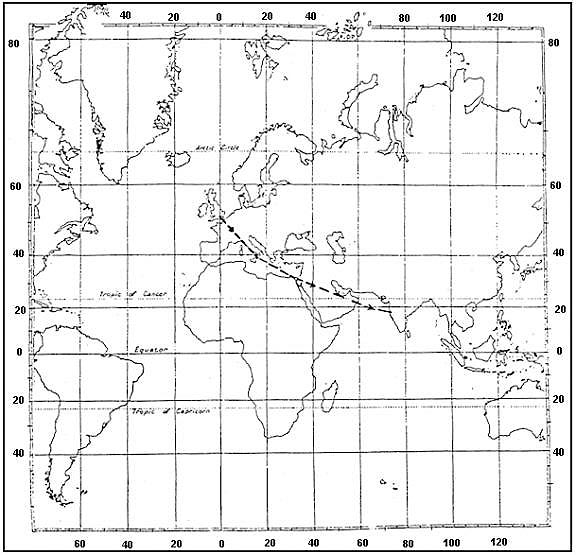 1450 ft.
1450 ft. 730 ft/min equals ?
Question 172-15 : 3 7 m/sec 5 2 m/sec 1 6 m/sec 2 2 m/sec
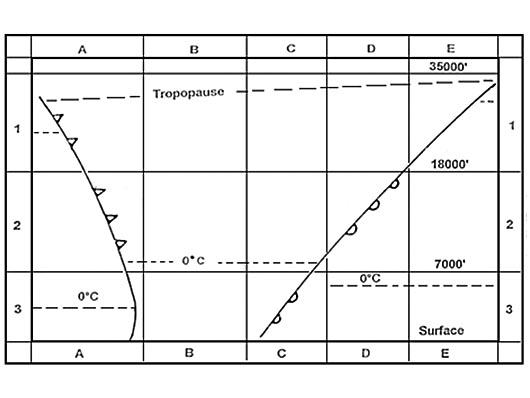 3.7 m/sec
3.7 m/sec How long will it take to fly 5 nm at a groundspeed of 269 kt ?
Question 172-16 : 1 min 07 sec 1 min 55 sec 2 min 30 sec 0 min 34 sec
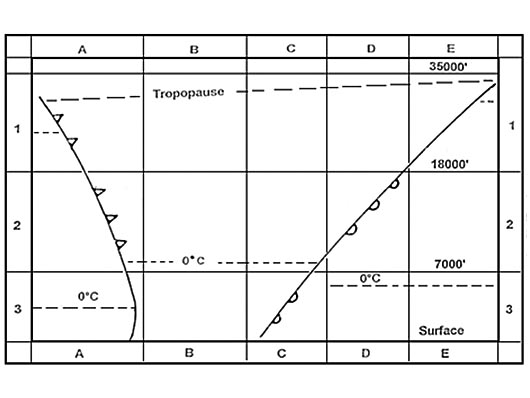 1 min 07 sec
1 min 07 sec An aircraft travels 2 4 statute miles in 47 seconds what is its groundspeed ?
Question 172-17 : 160 kt 183 kt 209 kt 131 kt
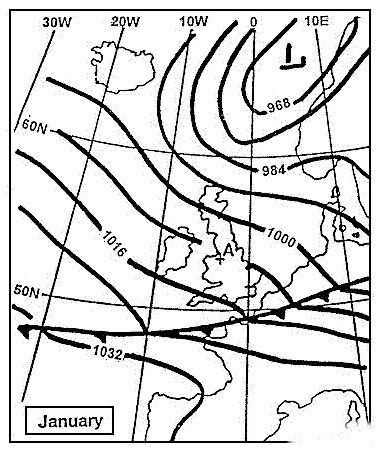 160 kt.
160 kt. The icao definition of eta is the ?
Question 172-18 : Estimated time of arrival at destination actual time of arrival at a point or fix estimated time of arrival at an en route point or fix estimated time en route
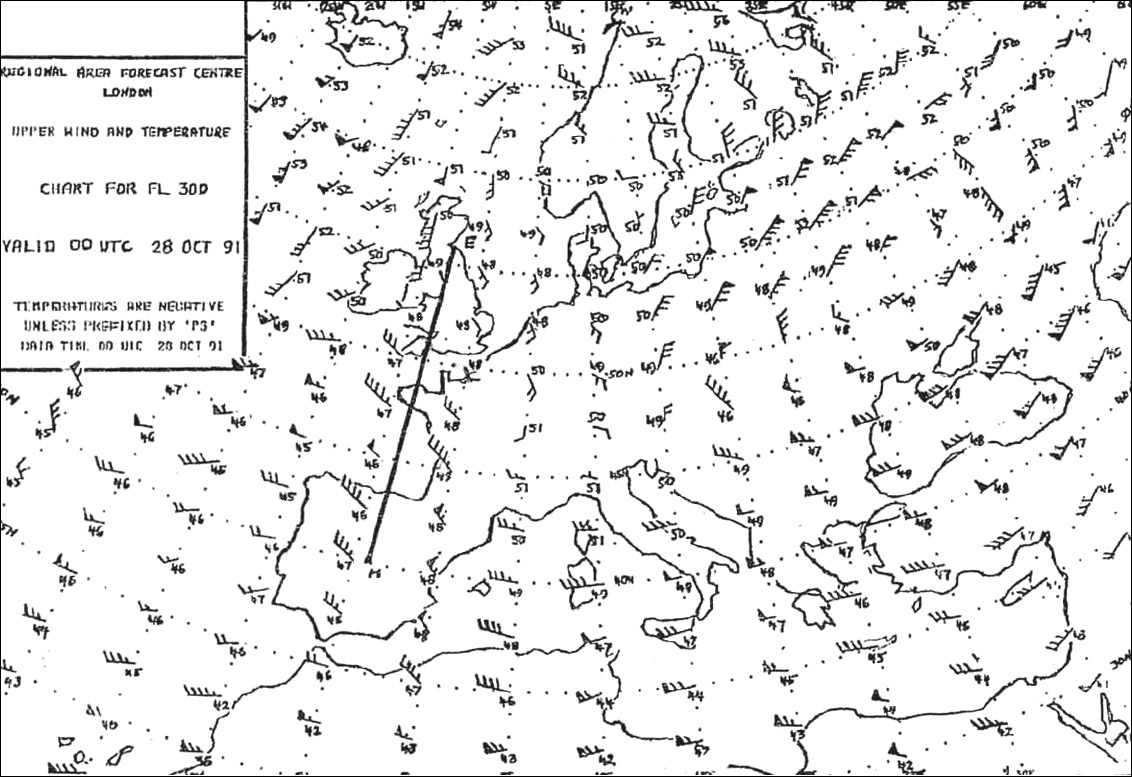 Estimated time of arrival at destination.
Estimated time of arrival at destination. Assuming zero wind what distance will be covered by an aircraft descending ?
Question 172-19 : 26 7 nm 19 2 nm 38 4 nm 16 0 nm
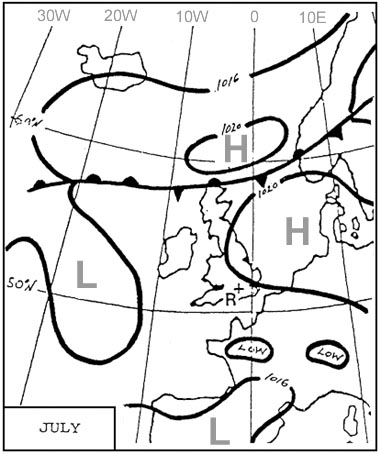 26.7 nm
26.7 nm An island appears 30° to the left of the centre line on an airborne weather ?
Question 172-20 : 054° 318° 234° 038°
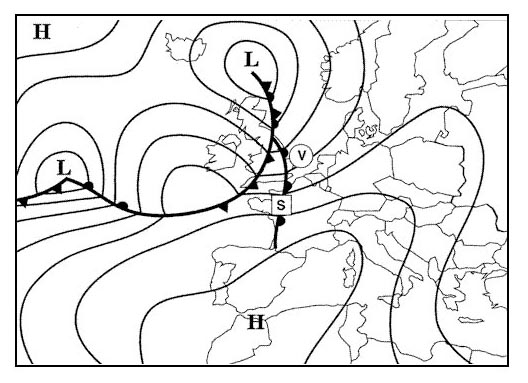 054°.
054°. An aircraft at fl370 is required to commence descent at 120 nm from a vor and ?
Question 172-21 : 960 ft/min 860 ft/min 890 ft/min 920 ft/min
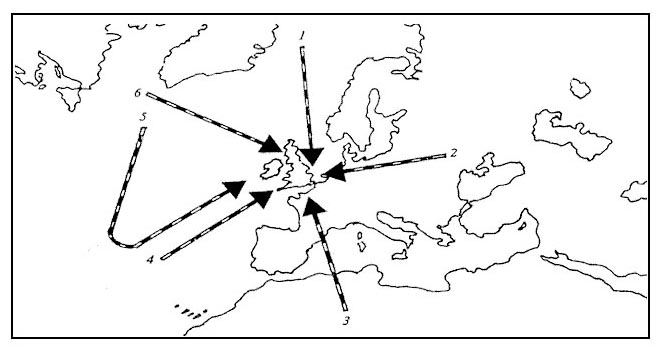 960 ft/min.
960 ft/min. An aircraft at fl310 m0 83 temperature 30°c is required to reduce speed in ?
Question 172-22 : M0 74 m0 76 m0 80 m0 78
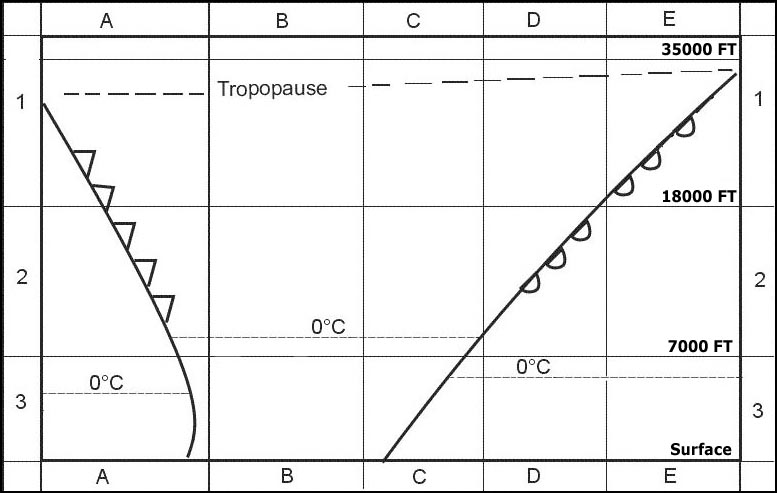 M0.74
M0.74 A ground feature was observed on a relative bearing of 325° and five minutes ?
Question 172-23 : 30 nm and 240° 40 nm and 110° 40 nm and 290° 30 nm and 060°
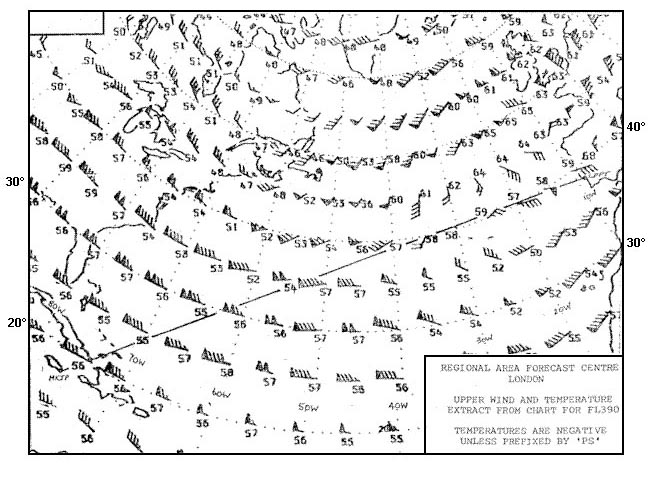 30 nm and 240°.
30 nm and 240°. An aircraft at fl350 is required to descend to cross a dme facility at fl80 ?
Question 172-24 : 69 nm 79 nm 49 nm 59 nm
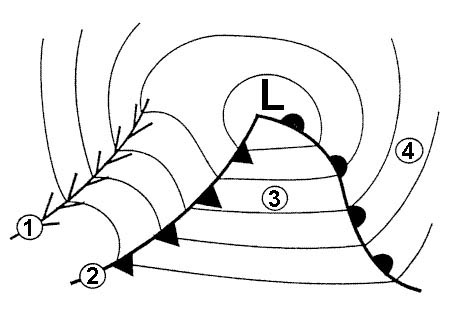 69 nm.
69 nm. An aircraft at fl120 ias 200kt oat 5° and wind component +30kt is required to ?
Question 172-25 : 159 kt 174 kt 165 kt 169 kt
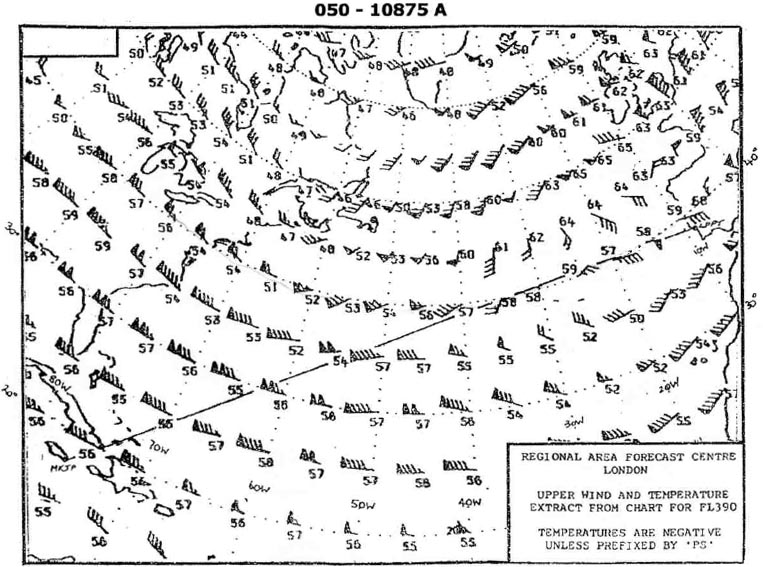 159 kt.
159 kt. An aircraft at fl350 is required to cross a vor/dme facility at fl110 and to ?
Question 172-26 : 1340 ft/min 1240 ft/min 1390 ft/min 1290 ft/min
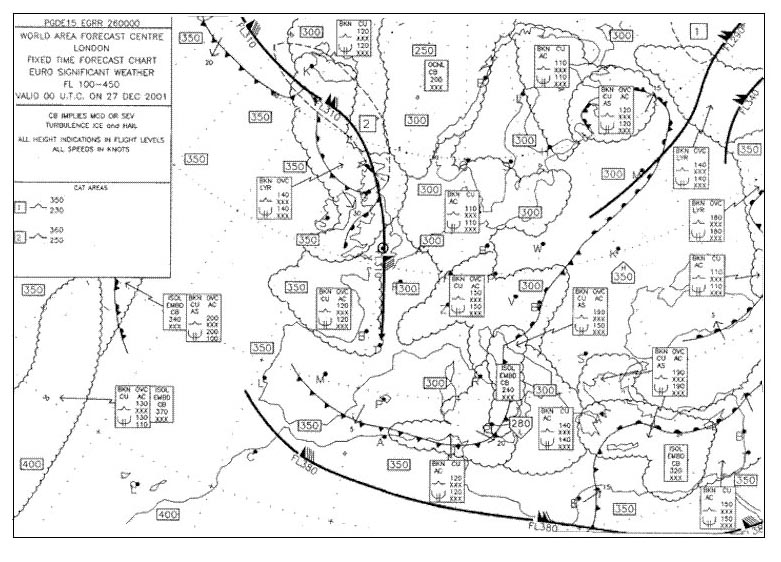 1340 ft/min.
1340 ft/min. An aircraft at fl370 m0 86 oat 44°c headwind component 110 kt is required to ?
Question 172-27 : M0 81 m0 75 m0 79 m0 73
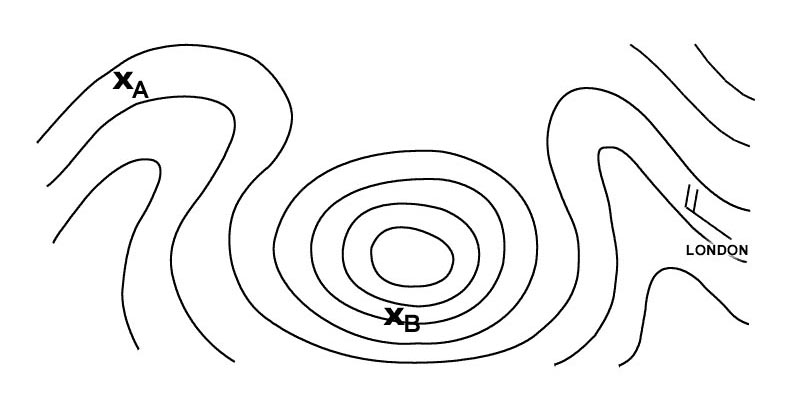 M0.81
M0.81 An aircraft at fl390 is required to descend to cross a dme facility at fl70 ?
Question 172-28 : 53 nm 58 nm 63 nm 68 nm
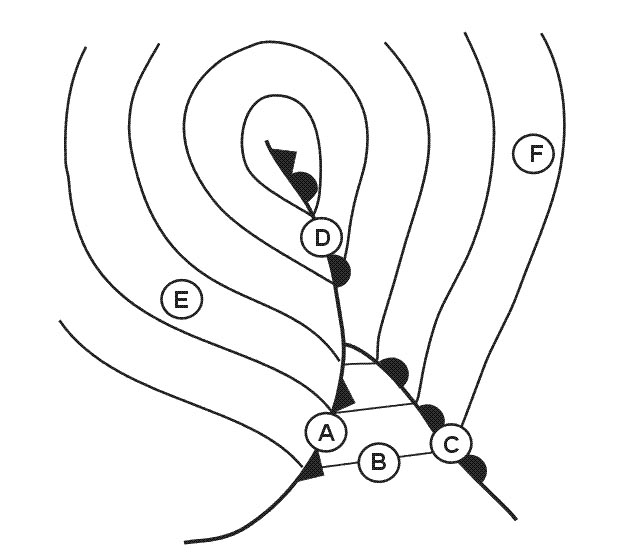 53 nm.
53 nm. An aircraft at fl370 is required to commence descent when 100 nm from a dme ?
Question 172-29 : 1650 ft/min 1550 ft/min 2400 ft/min 1000 ft/min
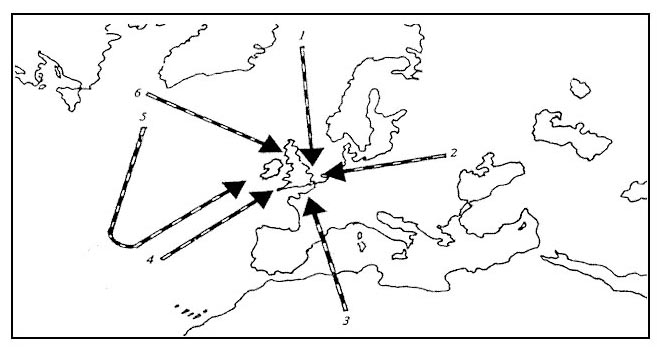 1650 ft/min.
1650 ft/min. An aircraft at fl140 ias 210 kt oat 5°c and wind component minus 35 kt is ?
Question 172-30 : 20 kt 15 kt 25 kt 30 kt
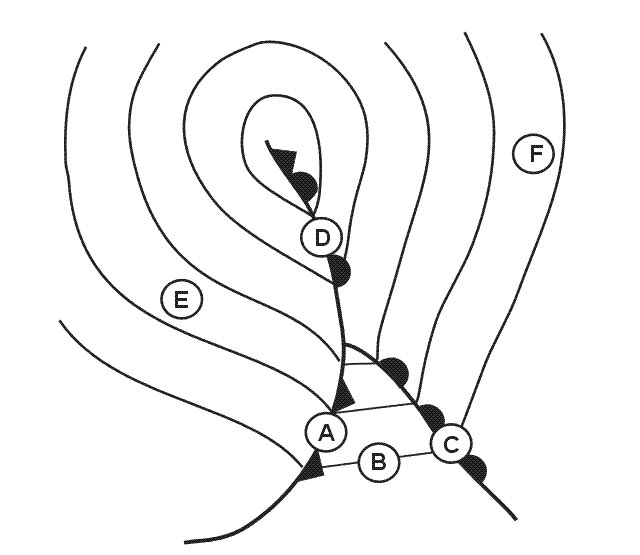 20 kt.
20 kt. At 0422 an aircraft at fl370 gs 320kt is on the direct track to vor 'x' 185 nm ?
Question 172-31 : 04h45 04h54 04h51 04h48
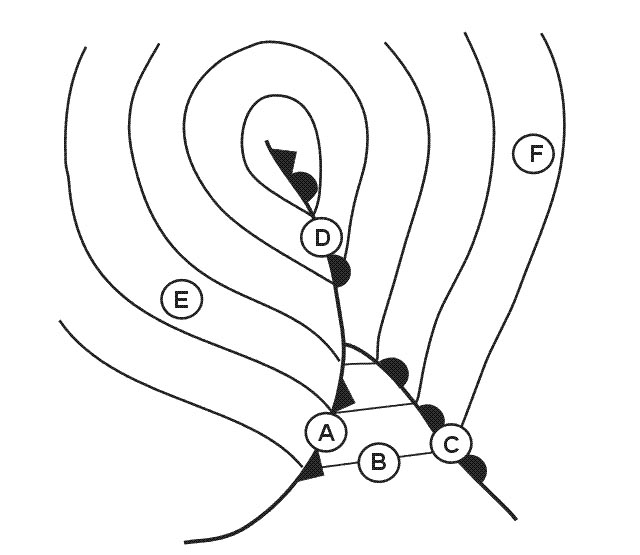 04h45.
04h45. An aircraft at fl330 is required to commence descent when 65 nm from a vor and ?
Question 172-32 : 1950 ft / min 1750 ft / min 1650 ft / min 1850 ft / min
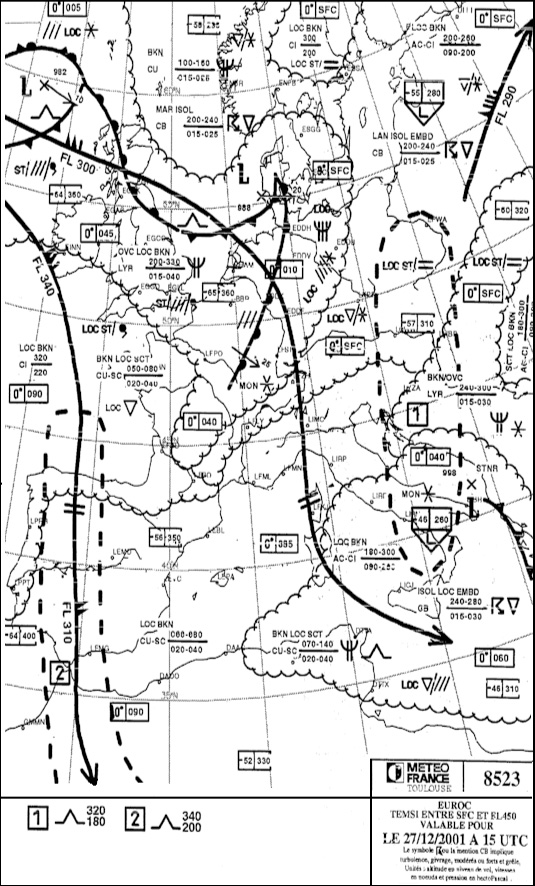 1950 ft / min.
1950 ft / min. An aircraft at fl290 is required to commence descent when 50 nm from a vor and ?
Question 172-33 : 1900 ft / min 1700 ft / min 1800 ft / min 2000 ft / min
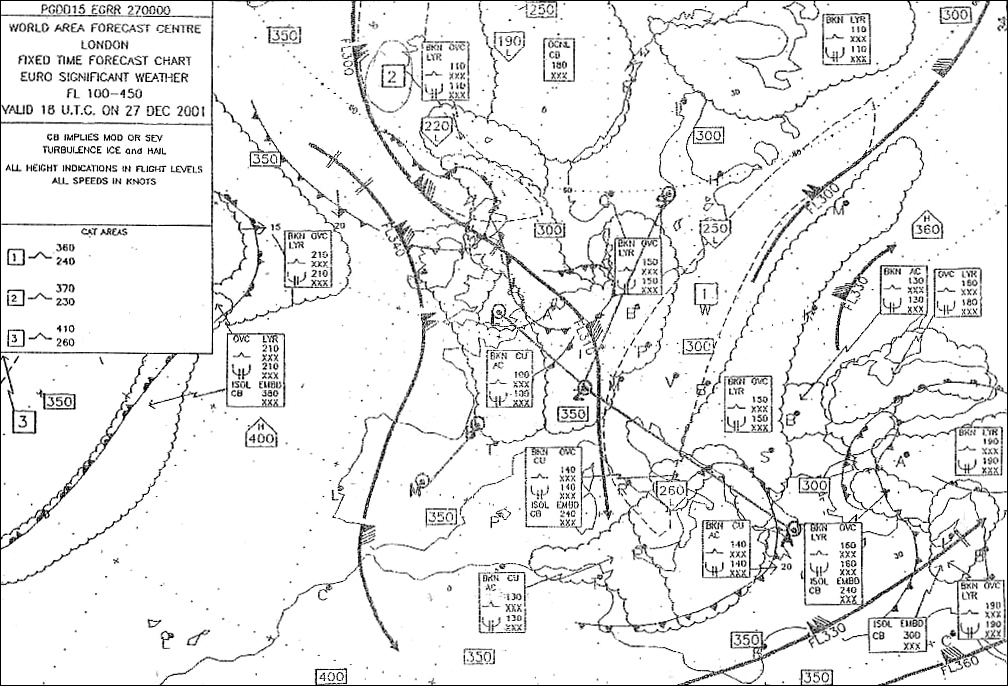 1900 ft / min.
1900 ft / min. An aircraft at fl350 is required to commence descent when 85 nm from a vor and ?
Question 172-34 : 1800 ft/min 1900 ft/min 1600 ft/min 1700 ft/min
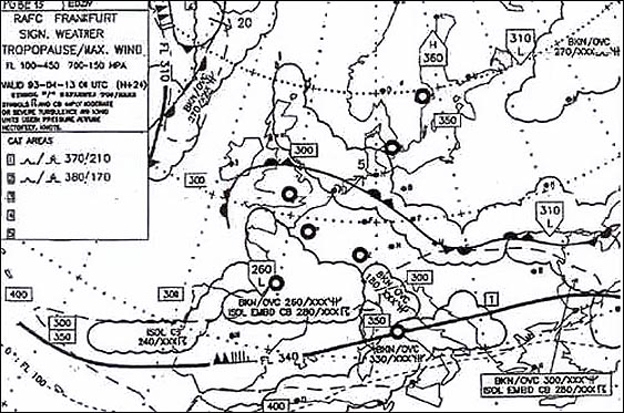 1800 ft/min.
1800 ft/min. An aircraft is planned to fly from position 'a' to position 'b' distance 480 nm ?
Question 172-35 : 12 06 utc 11 57 utc 12 03 utc 11 53 utc
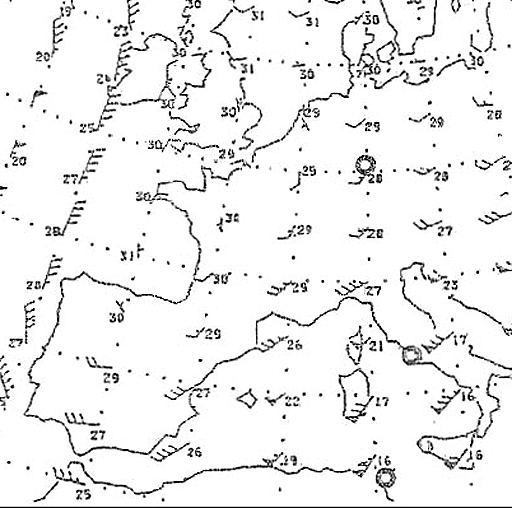 12:06 utc.
12:06 utc. An aircraft is planned to fly from position 'a' to position 'b' distance 320 nm ?
Question 172-36 : 13 33 utc 13 40 utc 13 47 utc 14 01 utc
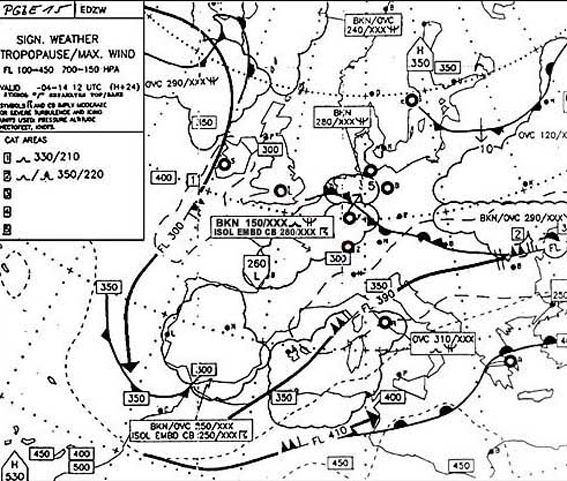 13:33 utc.
13:33 utc. An aircraft is planned to fly from position 'a' to position 'b' distance 250 nm ?
Question 172-37 : 11 15 utc 10 44 utc 10 50 utc 11 10 utc
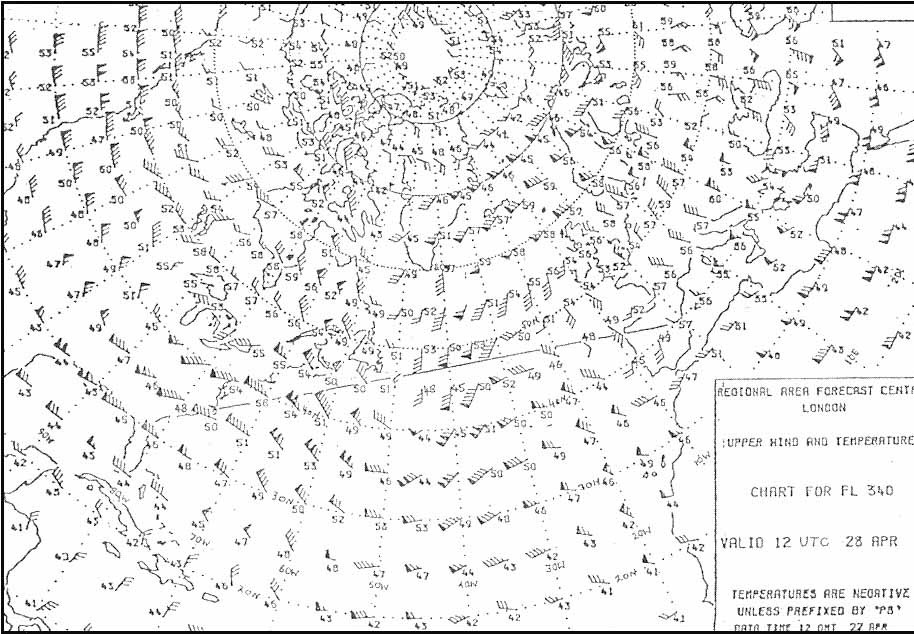 11:15 utc.
11:15 utc. Given .distance 'a' to 'b' is 475 nm planned gs 315 kt atd actual time ?
Question 172-38 : 340 kt 360 kt 300 kt 320 kt
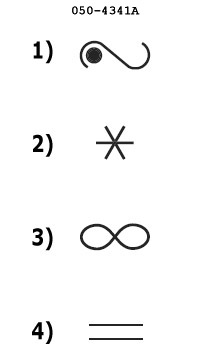 340 kt
340 kt Given distance 'a' to 'b' is 325 nm planned gs 315 kt atd 1130 utc 1205 utc ?
Question 172-39 : 355 kt 375 kt 395 kt 335 kt
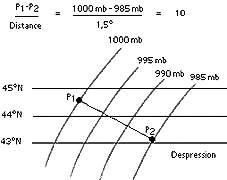 355 kt.
355 kt. Given distance 'a' to 'b' is 100 nm fix obtained 40 nm along and 6 nm to the ?
Question 172-40 : 15° right 9° right 6° right 18° right
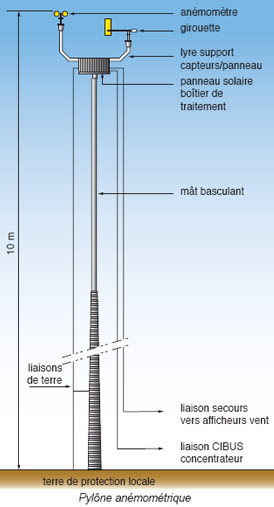 15° right.
15° right. ~
Exclusive rights reserved. Reproduction prohibited under penalty of prosecution.
6839 Free Training Exam
